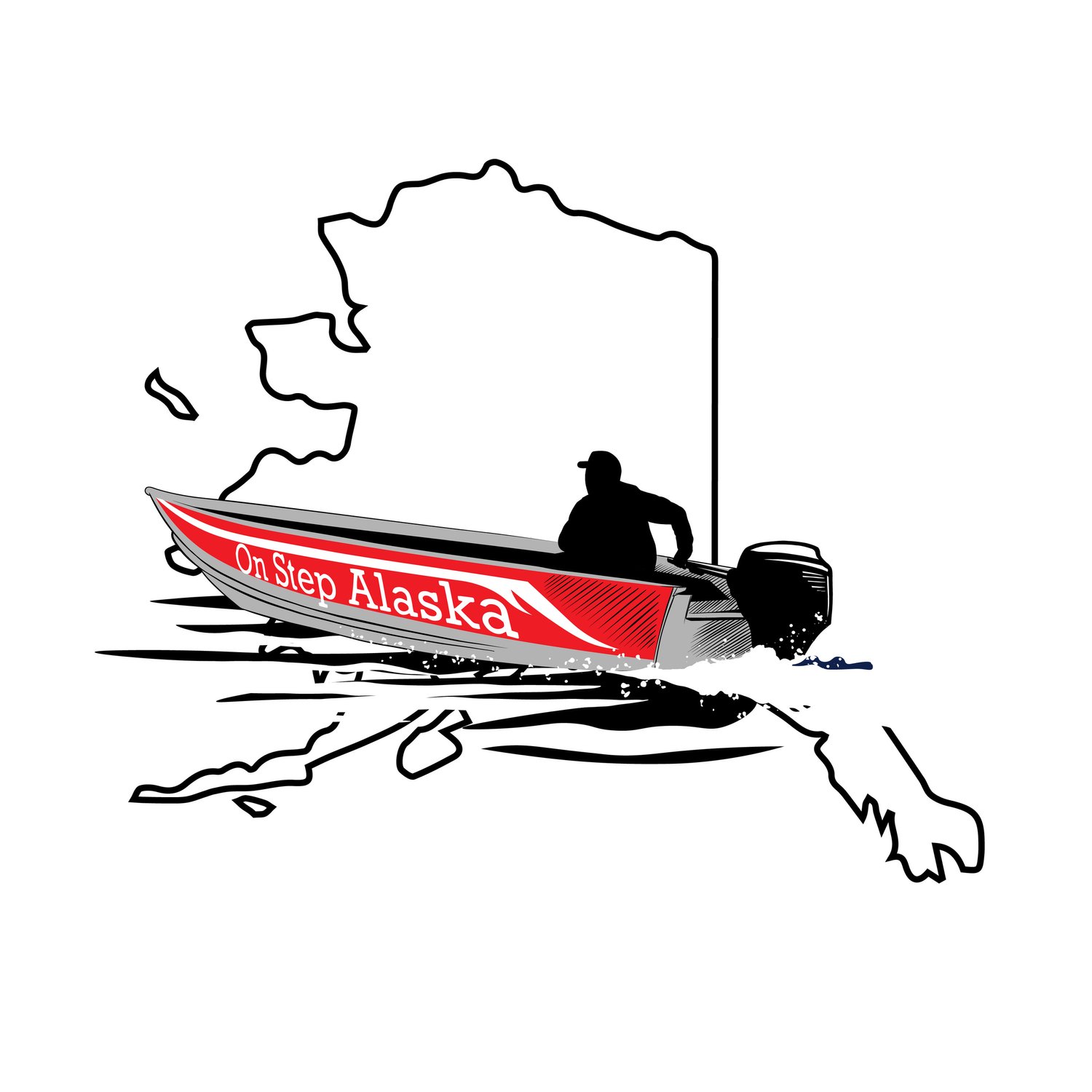Caribou 2021
In March, I hunted the Fortymile caribou herd with the Resident RC867, winter caribou permit. Hunting opportunities vary based on population and according to quotas set by the Alaska Department of Fish and Game. Fortymile Caribou hunt information is available on the Department of Fish and Game Website.
Certain elements of hunting and angling can become cliché. But some, no matter how often they are written about, filmed, or even simply mentioned, never tire.
Alaskan caribou is one.
The northern herds on the North Slope require a much more complicated logistical program, but for those with the coin for a fly in, or the time to drive the Haul Road, those are epic options which appear in magazines.
While there is a multi-million dollar industry of content creation involving hunting, in some areas the main use is still the original use – food. The Fortymile herd has a historic range between the Brooks and Alaska ranges, and provides convenient access for Fairbanks and other interior Alaska residents.
Searches for caribou hunts in Alaska yield plenty of nameless locations accessed by famous hunters and of course the smattering of DIY regulars who filmed their hunt with more enthusiasm than expertise. There isn’t a ton about the Fortymile herd because it apparently lacks the romance of the open terrain. The Steese highway is often loaded with vehicles before the opener and creases a chaotic, almost dangerous experience. One in which I have not partaken, and am not sure for which I have the stomach.
Because it is such an accessible herd and the numbers are currently above 80,000, it is not a secret. The Anchorage Daily News and Fairbanks News-Miner often reports on the hunt, and Alaska State Troopers provide tips. Because the winter hunt is for residents only, it doesn’t make the traditional rounds in the hunting market, but it also hasn’t always been available.
As is the case with all species after the dramatic increase of human contact and development, the history of the Fortymile herd is one of boom and bust. According to the Department of Fish and Game, the population dipped below 10,000 in the 70s, but only gradually recovered thanks to low calf survival. In the mid-1990s, specific action was taken to manage wolf predation which, in conjunction with hunting management, helped the population recover more rapidly. The ADFG Harvest Plan 2012-2018 states, “By 2003, the combination of an intensive private wolf trapping effort and nonlethal predator management in Alaska, together with favorable weather conditions and reduced hunting pressure enabled the population to increase to 43,375.”
Though the herd has expanded and is creeping east toward its ancient range, the close proximity in conjunction with increased hunting pressure, has degraded the rolling habitat. By opening this quota hunt in the winter, the ground will not be devastated by the roaming off-road vehicles like in the summer and fall.
I booked my tickets in January for March and bought a bipod and a new pair of snow boots.
Day 1 -
I shot a caribou. On Day 1. Sure, all that I typed before the hunt made it seem like a slam dunk, but the herd had moved away from easily accessible roads so when I flew up there, I was worried it would take the entire time, or that I wouldn't get one at all. There had been reports of caribou up the Steese Highway at Twelvemile Summit, at Eagle Summit, and some of the side roads in between. But those reports turned into unsuccessful trips and questions about whether or not anyone had found any at all. My impulse was to head back to the truck and drive up the highway if we didn’t glass anything up rather than drive deeper into the desolate land. I didn’t have to mention this to Harrison. That was his plan too.
We did end up checking three spots, and drove nearly 60 miles on the snow machines glassing the wind-swept landscape in temperatures that warmed from -30 to -6. But at 4:00, on our way back to town, we saw a couple people next to trucks with dead caribou. The guy asked if we had a coffee percolator. We did not, but we did have a pot in which he could boil water and make coffee, so he told us that there were 400 or so caribou about 3 miles off the road.
We offloaded the snow machines and followed their tracks. We didn't find the the mass of 400, but we did find a little more than a dozen that had either broken off, or were by themselves, on our way to the kill site for the other hunters.
I crawled in the snow and made the shot. It was both exactly how, and the exact opposite of, what I expected. I expected it would be easy, once we found them. It was easy, but it wasn't easy finding them. Whatever that means. I have never hunted herd animals before so it was strange to be able to look at a group and choose.
In the end it was a cow with a cool, miniature version of what the bulls have antler-wise. But, this time of the year, only the cows have antlers. The bulls drop theirs earlier in the winter, and only the smaller bulls hold onto them into the new year.
So the hunt was over, and Harrison and I drove the 100 miles back to town tired and dehydrated. The next day we processed and had tenderloin tacos for dinner. It was all I could have hoped it would be, and only took one day.



